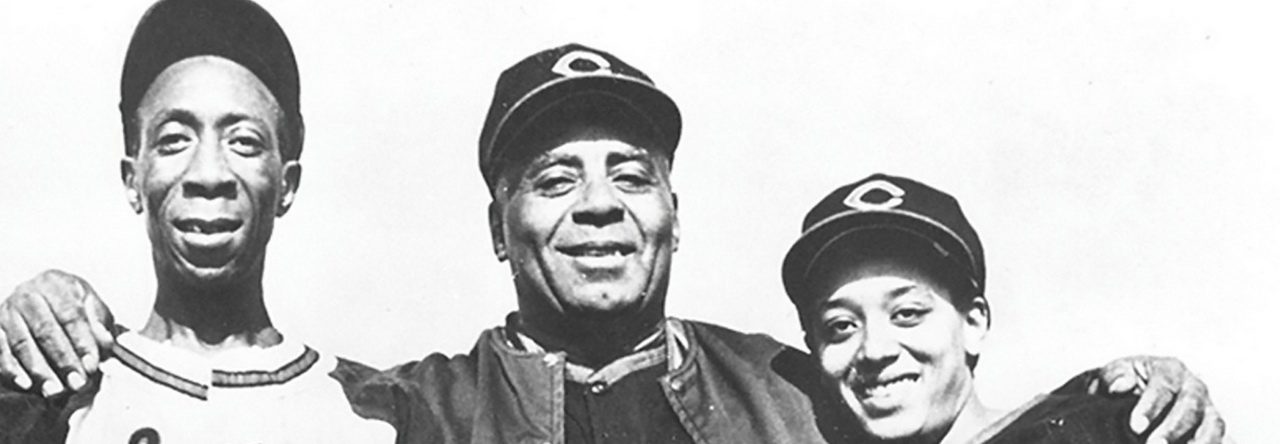77 - 77, .500 pct. 3rd in Marvin Miller Division, 7.5 games behind.
Overall
The penultimate team to be eliminated from the playoffs, the Royal Giants were a bit of a surprise, but still need help to move into true playoff contention. Most of that needs to come from the offense, where there is a lack of elite talent virtually across the board. But they are one of the few teams in the league stacked on the mound.
What Went Right
Not a lot of high spots offensively. CF John Briggs destroyed AA, was promoted to Brooklyn, and totally crushed WBL pitching over his first 40 games. RF Beals Becker, against all expectations, was the team MVP, combining power and speed to great effect.
Roy White was the heart of the team and Duke Snider their best source of power, but neither were true stars if we’re being honest, with OPS’ in the low .800s.
Beyond that … I dunno … they stole a lot of bases (7 players had over 15: Becker, White, Snider, Frank Isbell, Jackie Robinson, Dickie Thon, and Davey Lopes).
If that all sounds very wishy-washy, let’s move on to a more encouraging topic: the Royal Giants kicked ass on the mound, led by Don Drysedale and Frank Knauss. Sandy Koufax and Dutch Leonard were a little erratic, but very solid behind them, and the bullpen was spectacular, led by Watty Clark (likely to be converted to a starter), Eric Gagne (likely to take Clark’s place as closer), Trevor Hildenberger, and Darren Dreifort.
How good were they? Only one pitcher–Ralph Branca over 31 innings–had a negative WAR.
ALL STARS SP Don Drysedale
What Went Wrong
The IF was a bit weak all year, with Jackie Robinson and Ray Dandridge both being decent, but not quite good enough to hold down a steady spot in the lineup. Mike Piazza was horrible at C, earning a trip to AAA and leaving duties behind the plate to Al López and Duke Farrell, who weren’t very good.
Probably the biggest mistake on the mound was not calling up Smokey Joe Williams earlier.
Transactions
March
None
June
P Don Sutton to New York Gothams for OF Don Mueller, P Ray Lamb, P Gil Heredia, P Lew Krausse Jr, 1st Round Pick {Al Simmons} & 8th Round Pick
A big win, especially for a team rich in arms.
OF Curt Flood, 2B Manny Trillo & 6th Round Pick to Birmingham for IF Frank Isbell
Isbell did well, but that’s a lot to give up for a 30 year old.
July
None
Looking Forward
SP
The Royal Giants could have as many as 7 starters under long term contracts: Don Drysedale, Smokey Joe Williams, Sandy Koufax, Watty Clark, Orel Hershiser, Dick Redding, and Nap Rucker sounds like a very intimidating staff …
RP
… especially with Darren Dreifort, Eric Gagne, and Ron Perranoski coming out of the bullpen.
C
Brooklyn is hoping this is Mike Piazza but early indications are not great.
1B
A clear void at the moment, but the Royal Giants like the potential of Dan Brouthers.
2B
Hopefully, Jackie Robinson can do a bit more offensively.
3B
At some point, the Royal Giants will need to decide between Ron Cey and Ray Dandridge.
SS
Germany Smith‘s surprising power earned him a look for next year, but if that doesn’t work out, it’s not clear what plan B is.
LF
Roy White for a while, and after that, who knows?
CF
This could be interesting. Right now, this is John Briggs‘ position to lose, but Brooklyn also has Ron Fairly and Duke Snider in the mix.
RF
Beals Becker will hold this down for a while, but the team is really hoping Raúl Mondesi can take it over at some point.
The Rookie Draft
Rounds 1-4
The Royal Giants have 2 first round picks, so they have a chance to address some of their offensive struggles. The first went to Ed Delahanty, who should actually fit in well: he plays a mixture of 2B, 1B, and the OF, allowing him to slot in around their current talent. The second was more of shock that OF Al Simmons was still available.
Brooklyn was annoyed when Los Angeles took Babe Herman just before their pick in the 2nd round, forcing them to scramble. They eventually settled on Dazzy Vance–an odd choice for a team as pitching rich as the Royal Giants, but Vance projects as a late bloomer.
In the 3rd round, the Royal Giants picked up OF George Selkirk and in the 4th C/OF prospect Elston Howard, their final franchise exemption.
Rounds 5-8
5th round pick Jimmy Johnston is an OFer now, but may end up in the IF eventually and 7th round pick Walker Buehler may actually end up being a bit of a steal.
From here on out, it’s C, pitching, and perhaps some OF depth for the Royal Giants, beginning with Ps Doc Scanlan and Vic Lombardi in the 8th round.
Rounds 9-12
P Odalis Pérez; IF Greg Pryor; P Doc Newton; and P Victor González.
